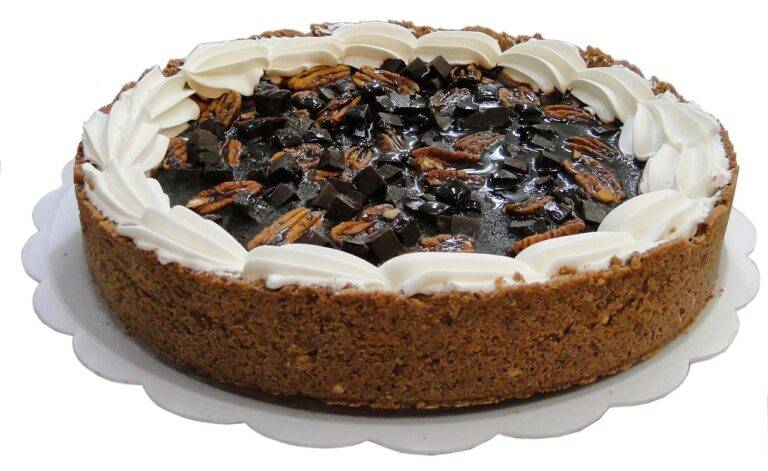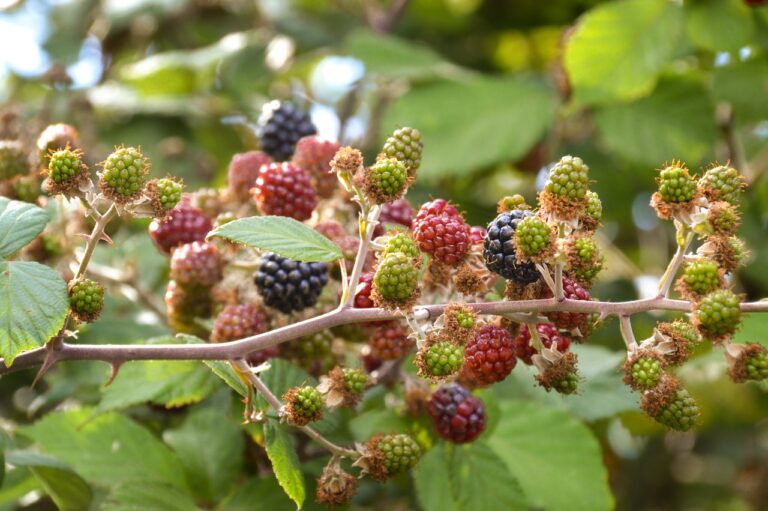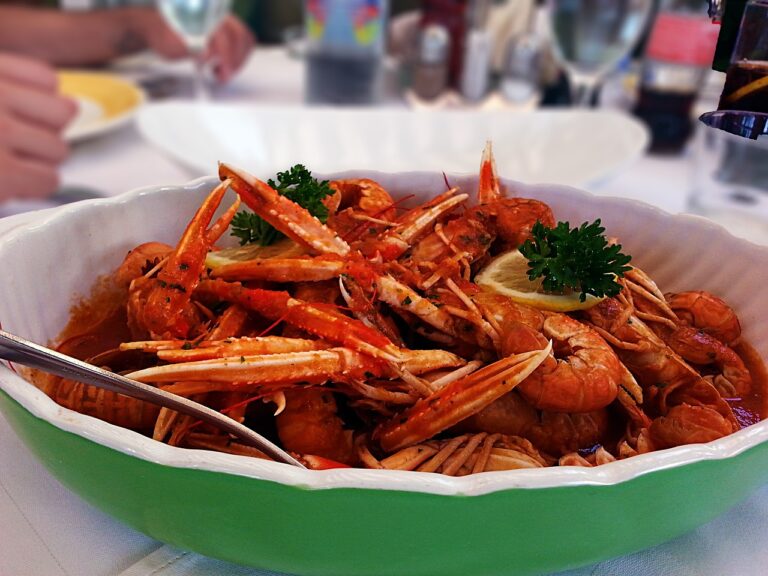Analyzing the Impact of Food Processing on the Maillard Reaction in Pet Food: World 7.com, Mahadev book login id and password, Silver exchange demo id
world 7.com, mahadev book login id and password, silver exchange demo id: When it comes to pet food, the Maillard reaction plays a crucial role in determining both nutritional value and palatability. This chemical reaction occurs between amino acids and reducing sugars when exposed to heat, resulting in the browning and flavor development of food products. As pet food undergoes various processing methods such as baking, extrusion, or canning, the Maillard reaction can significantly impact its final quality.
In this article, we will delve into the impact of food processing on the Maillard reaction in pet food, exploring how different techniques can affect the nutritional composition, flavor profile, and overall quality of the final product.
Understanding the Maillard Reaction in Pet Food
The Maillard reaction is a complex series of chemical reactions that occur when proteins and sugars interact under heat. This reaction leads to the formation of melanoidins, which are responsible for the browning and flavor development of food products. In pet food, the Maillard reaction can enhance the taste, aroma, and visual appeal of the final product.
Impact of Food Processing Techniques on the Maillard Reaction
1. Baking
Baking is a common method of processing pet food that involves exposing the ingredients to dry heat. During the baking process, the Maillard reaction can occur, leading to the formation of desirable flavors and aromas. However, excessive baking times or temperatures can result in the formation of undesirable compounds that may affect the nutritional quality of the food.
2. Extrusion
Extrusion is another popular method of processing pet food, where the ingredients are mixed, cooked, and shaped under high pressure and temperature. The Maillard reaction can occur during extrusion, contributing to the development of flavors and colors in the final product. However, the intense heat and pressure involved in extrusion can also lead to the degradation of nutrients and the formation of harmful compounds.
3. Canning
Canning is a method of preserving pet food by sealing it in airtight containers and heating it to high temperatures. The Maillard reaction can occur during the canning process, enhancing the flavor and shelf-life of the food. However, the high temperatures used in canning can also result in the degradation of heat-sensitive nutrients and the formation of potentially harmful compounds.
4. Freeze-Drying
Freeze-drying is a method of food preservation that involves freezing the ingredients and removing the moisture under vacuum. The Maillard reaction does not occur during freeze-drying, as the low temperatures prevent the chemical reactions from taking place. While freeze-drying helps retain the nutritional quality of pet food, it may lead to a loss of some flavor compounds.
Overall, the impact of food processing techniques on the Maillard reaction in pet food varies depending on the method used and the specific ingredients involved. It is essential for pet food manufacturers to carefully control the processing parameters to ensure the desired flavor, color, and nutritional quality of the final product.
FAQs
1. What is the Maillard reaction?
The Maillard reaction is a chemical reaction that occurs between amino acids and reducing sugars when exposed to heat, leading to the browning and flavor development of food products.
2. How does the Maillard reaction impact pet food?
The Maillard reaction can enhance the taste, aroma, and visual appeal of pet food by contributing to the development of flavors and colors in the final product.
3. What are some common food processing techniques that affect the Maillard reaction in pet food?
Common food processing techniques that can impact the Maillard reaction in pet food include baking, extrusion, canning, and freeze-drying.
4. How can pet food manufacturers optimize the Maillard reaction in their products?
Pet food manufacturers can optimize the Maillard reaction in their products by carefully controlling processing parameters such as temperature, time, and ingredient composition.
5. Are there any potential concerns associated with the Maillard reaction in pet food?
While the Maillard reaction can enhance the sensory properties of pet food, excessive browning or the formation of undesirable compounds may affect the nutritional quality of the final product.







